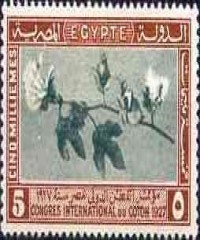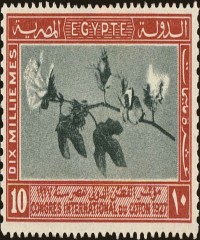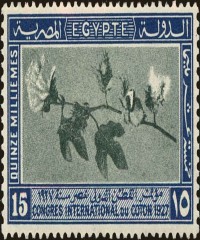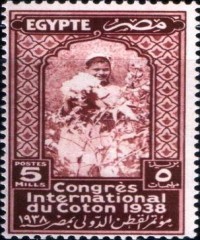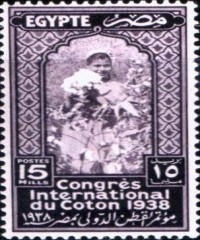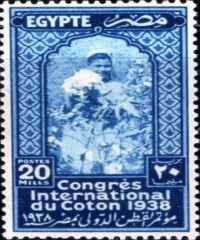In the early 19th century a Frenchman named M Jumel propositioned the then ruler of Egypt Mohamed Ali Pasha that he could earn a substantial income by growing an extra-long staple Maho Gossypium barbadense cotton in Lower Egypt for the French market. Mohamed Ali Pasha accepted the proposition and granted himself the monopoly on the sale and export of cotton in Egypt and later dictated cotton should be grown in preference to other crops
Egypt under Muhammad Ali in the early 19th century had the fifth most productive cotton industry in the world in terms of the number of spindles per capita The industry was initially driven by machinery that relied on traditional energy sources such as animal power water wheels and windmills which were also the principle energy sources in Western Europe up until around 1870 It was under Muhammad Ali in the early 19th century that steam engines were introduced to the Egyptian cotton industry
By the time of the American Civil war annual exports had reached $16 million 120,000 bales which rose to $56 million by 1864 primarily due to the loss of the Confederate supply on the world market Exports continued to grow even after the reintroduction of US cotton produced now by a paid workforce and Egyptian exports reached 1.2 million bales a year by 1903





